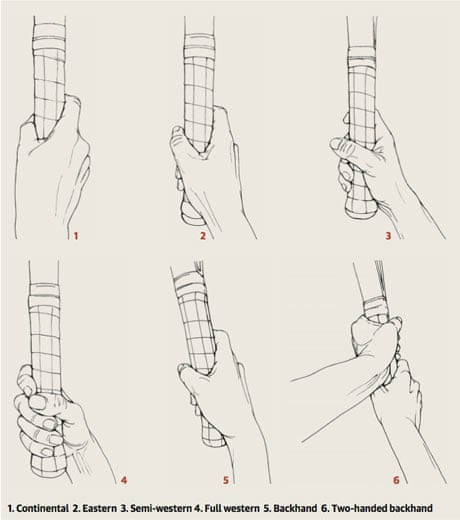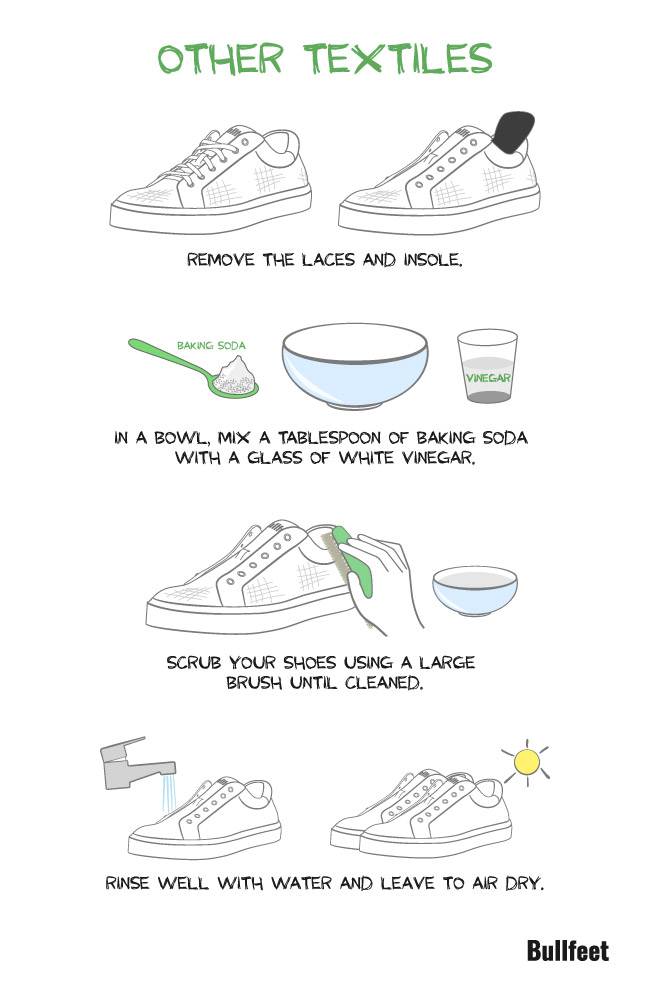Holding a tennis racket correctly is crucial for playing well. It affects your control and power.
Learning how to hold a tennis racket can seem tricky at first. But with the right guidance, it becomes easier. Whether you’re a beginner or looking to improve, understanding the proper grip is vital. It can enhance your game and prevent injuries.
This blog post will guide you through the basics of holding a tennis racket. You’ll learn different grips and their benefits. By the end, you’ll feel more confident on the court. Ready to improve your tennis skills? Let’s get started!
Introduction To Tennis Grips
Learning how to hold a tennis racket is crucial for any player. A proper grip can greatly improve your control and power. It will also reduce the risk of injury. In this section, we will explore the importance of proper grip and common mistakes to avoid.
Importance Of Proper Grip
The grip on your racket affects your shots. A good grip helps you hit the ball with precision. It also allows you to switch between different types of shots easily. Here are some benefits of having a proper grip:
- Control: A proper grip gives you better control over the ball.
- Power: You can generate more power with the correct grip.
- Comfort: It reduces stress on your wrist and arm.
- Injury Prevention: A good grip minimizes the risk of injuries.
Common Mistakes To Avoid
Many beginners make mistakes when holding a tennis racket. These mistakes can affect their game negatively. Here are some common mistakes to avoid:
- Gripping Too Tightly: A tight grip can cause tension and reduce your control.
- Using the Wrong Grip: Different shots require different grips. Using the wrong grip can lead to poor shots.
- Incorrect Hand Placement: Placing your hands incorrectly can affect your swing and lead to injury.
- Not Adjusting Grip: Failing to adjust your grip between shots can affect your performance.
By understanding the importance of a proper grip and avoiding common mistakes, you can improve your tennis game. Always practice with the right grip to play better and stay safe.
Types Of Tennis Grips
Understanding the different types of tennis grips can improve your game. Each grip has its own advantages and uses. Here, we will explore four common types of tennis grips. Learning these can help you choose the right grip for various shots.
Continental Grip
The Continental Grip is versatile. Players often use it for serves, volleys, and slices. To hold this grip, place the base knuckle of your index finger on bevel two. This grip allows for quick changes and control. It’s ideal for players who like to move to the net.
Eastern Forehand Grip
The Eastern Forehand Grip is great for beginners. It offers a balance of power and control. To achieve this grip, place the base knuckle of your index finger on bevel three. This grip helps in hitting flat and topspin shots. It’s a popular choice for many players.
Western Forehand Grip
The Western Forehand Grip is for heavy topspin. This grip is common among advanced players. Place the base knuckle of your index finger on bevel five. This grip creates extreme topspin, ideal for high-bouncing balls. It’s not recommended for beginners due to its complexity.
Semi-western Forehand Grip
The Semi-Western Forehand Grip is a mix of power and topspin. It’s widely used on the professional tour. Position the base knuckle of your index finger on bevel four. This grip is effective for both baseline and net play. It’s easier to learn than the Western grip and offers great topspin.
Selecting The Right Grip
Choosing the right grip is crucial for holding a tennis racket. The grip affects your control, power, and comfort. Understanding different grips can enhance your game. Let’s explore how to select the right grip.
Playing Style Considerations
Your playing style influences the grip you should use. Aggressive players might prefer a grip that offers more power. Defensive players often choose grips that provide better control. Think about how you play and choose a grip that complements your style.
Surface And Conditions
The surface you play on also matters. Different surfaces can affect your grip choice. Clay courts might require a grip that allows for more spin. Hard courts might need a grip that offers stability. Consider the conditions too. If it’s hot and you sweat a lot, you might need a grip that prevents slipping. Always adapt your grip to the environment.

Credit: www.youtube.com
How To Hold The Continental Grip
The Continental Grip is a versatile and crucial grip in tennis. It is often used for serves, volleys, and slices. Learning how to hold the Continental Grip correctly can enhance your performance and add variety to your game.
Step-by-step Guide
- Hold the racket with your non-dominant hand. Make sure the racket face is perpendicular to the ground.
- Place the base knuckle of your index finger on the second bevel of the racket handle.
- Wrap your fingers around the handle, ensuring your thumb rests comfortably on the back of the handle.
- Check the ‘V’ formed by your thumb and index finger. It should point towards your right shoulder if you are right-handed, and left shoulder if you are left-handed.
- Adjust your grip pressure. Hold the racket firmly but not too tight.
Best Uses For Continental Grip
- Serves: Provides a good mix of power and control.
- Volleys: Ideal for quick reactions and net play.
- Slices: Helps generate spin and keep the ball low.
- Overheads: Offers stability and precision for smashing.
Use the table below to understand the advantages of the Continental Grip in different scenarios:
| Shot Type | Advantage |
|---|---|
| Serves | Balance of power and accuracy |
| Volleys | Quick reaction and control |
| Slices | Effective spin and low trajectory |
| Overheads | Stability and precision |
By mastering the Continental Grip, you can improve your overall performance. Practice regularly and adjust your grip as needed for different shots.
Mastering The Eastern Forehand Grip
The Eastern Forehand Grip is one of the most popular grips in tennis. It offers a balance between power and control. Learning this grip can help you improve your game. This guide will walk you through the steps to master the Eastern Forehand Grip.
Step-by-step Guide
Follow these steps to hold the racket correctly:
- Place the base knuckle of your index finger on the third bevel of the racket handle.
- Wrap your fingers around the handle so that your palm is against the back of the grip.
- Your thumb should rest comfortably along the handle, providing support.
- Ensure your grip is firm yet relaxed to allow for wrist movement.
To check your grip, the V formed by your thumb and index finger should point to your right shoulder if you are right-handed. For left-handed players, it should point to the left shoulder.
Advantages Of Eastern Forehand Grip
There are several benefits to using the Eastern Forehand Grip:
- Versatility: Suitable for various types of shots, including flat, topspin, and slices.
- Control: Offers better control over the ball, making your shots more accurate.
- Comfort: Easier on the wrist and forearm, reducing the risk of injuries.
- Transition: Smooth transition to other grips, such as the semi-western, for different shots.
Mastering this grip can enhance your overall game. It provides a solid foundation for developing more advanced techniques.

Credit: www.youtube.com
Perfecting The Western And Semi-western Grips
Perfecting the Western and Semi-Western Grips is essential for improving your tennis game. Both grips provide unique advantages. Mastering them can enhance your control and power. Let’s dive into the details.
Step-by-step Guide
First, let’s learn how to hold the Western grip. Place the base knuckle of your index finger on bevel 5 of the racket handle. Wrap your fingers around the handle. Ensure a firm but relaxed grip. Your palm should rest on the back of the handle.
For the Semi-Western grip, place the base knuckle of your index finger on bevel 4. Wrap your fingers around the handle. Keep the grip firm yet relaxed. Your palm should rest slightly to the side of the handle.
When To Use Western And Semi-western Grips
The Western grip is ideal for generating topspin. Use it for high bouncing balls. It works well on clay courts. The Semi-Western grip is versatile. It allows for topspin and flat shots. It’s suitable for various court surfaces. Choose based on your comfort and style.
Grip Pressure And Control
Grip pressure and control are essential aspects of holding a tennis racket. The right grip pressure helps you maintain control. It also prevents injuries. Let’s dive into how to find the right pressure and improve control.
Finding The Right Pressure
Finding the right grip pressure is crucial. Hold the racket tight enough so it doesn’t slip. But not too tight. Imagine holding a bird. You don’t want to crush it. But you also don’t want it to fly away. This balance is key. Your hand should feel relaxed. Your wrist should be flexible. This helps in making quick adjustments during play.
Improving Control And Precision
Improving control begins with your grip. Practice holding the racket with varying pressures. Notice how your shots change. A firm grip gives power. A lighter grip offers finesse. Find a middle ground. Your strokes should be smooth. Your hand should not feel strained. This balance helps in achieving better control. And precision in your shots.

Credit: www.reddit.com
Practicing Your Grip
Learning how to hold a tennis racket correctly is essential for improving your game. Whether you are a beginner or an advanced player, practicing your grip regularly ensures better control, power, and comfort. This section will guide you through essential drills, exercises, and common adjustments to make during play.
Drills And Exercises
Practicing the right grip is crucial. Drills and exercises can help you feel more comfortable. Here are some that can improve your grip:
- Shadow Swings: Practice swinging the racket without a ball. Focus on your grip and hand positioning.
- Wall Hits: Stand close to a wall and hit the ball with your racket. This improves your grip and control.
- Grip Change Drill: Practice switching between different grips quickly. This helps during fast-paced games.
Common Grip Adjustments During Play
During play, you may need to adjust your grip to respond to different shots. Here are some common adjustments:
- Forehand Grip: Use the Eastern grip for more power and control.
- Backhand Grip: For a one-handed backhand, use the Eastern backhand grip. For two-handed backhand, place your dominant hand in the Eastern grip and your non-dominant hand in a Continental grip.
- Serve Grip: The Continental grip is best for serving. It allows for better spin and control.
Remember, adjusting your grip quickly and accurately can make a big difference in your game.
Frequently Asked Questions
How Do You Hold A Tennis Racket Properly?
To hold a tennis racket properly, grip it with a relaxed but firm hold. Use the “handshake” grip for the best control. Ensure the racket face stays perpendicular to the ground.
What Is The Best Grip For Beginners?
The Eastern grip is the best for beginners. It provides a balance between control and power. Place your hand on the racket handle as if shaking hands.
How Tight Should You Hold A Tennis Racket?
Hold the tennis racket with medium tightness. A grip that is too tight can cause tension. A relaxed grip improves flexibility and control.
Why Is Grip Important In Tennis?
Grip is crucial in tennis for control, power, and injury prevention. A proper grip helps in accurate shots and reduces wrist strain.
Conclusion
Holding a tennis racket correctly is crucial for better gameplay. Practice the grip techniques regularly. Experiment with grips to find what feels best. Consistency in grip leads to improved strokes. Remember, comfort is key. Watch professionals and learn from their techniques.
Make adjustments as you gain experience. Happy playing and enjoy your time on the court!



